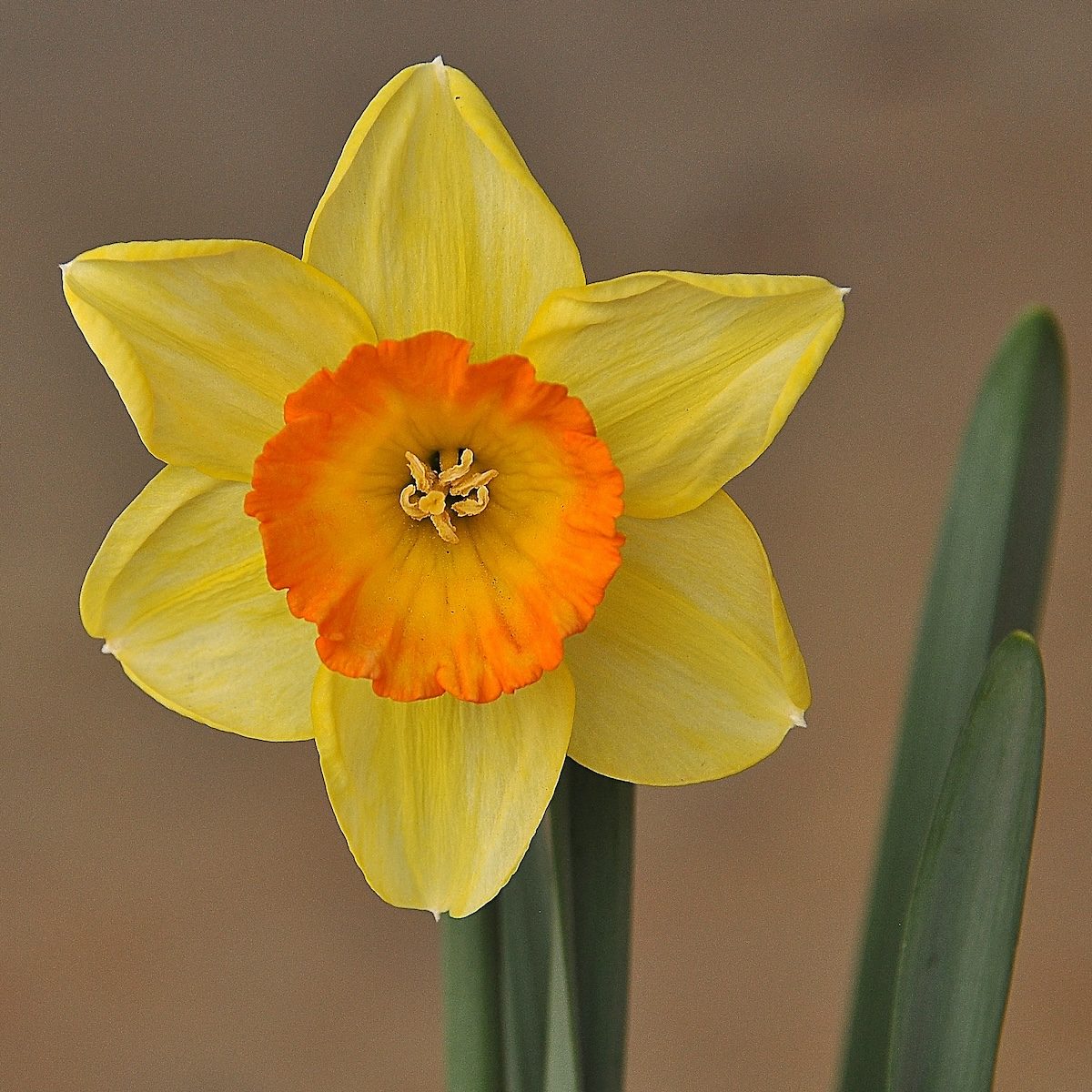The weather might be cold, but it's not too early to think about preparing your garden for spring. Follow this spring garden checklist.

11 Things to Do Now to Prepare Your Garden for Spring

On This Page
Sketch a Plan
It’s a good time to do a little reflecting on last year’s garden. Grab some paper and a pencil, and sketch your future spring garden plans. Analyze your space and decide what you want to change.
Create a Gardening Budget
Figure out your game plan for spring garden plant buying. Prioritize how you’ll spend your money this year on plants, supplies, tools, etc. It’ll help you stick to your budget.
Make a Shopping List
Identify gaps in your landscape, such as plants that didn’t overwinter or were knocked out by pests and diseases, and make a plan for filling hanging flower baskets and containers. Include any tools and supplies that you need to replace or restock.
Try Something New

It’s always fun to plant different things, so vow to try at least one new-to-you thing in your spring garden this year. Experiment with an interesting veggie or splurge on a plant you’ve had your eyes on. Grab a pack of annual seeds you’ve never tried before and sprinkle it in your garden for a quick $2 makeover.
Start Seeds Indoors

When it’s really cold, start plants from seeds indoors to put out in your vegetable garden later on. You can also start flower seeds indoors to give the growing season a jump start. To do this yourself, be sure to have a sturdy table or flat surface near a sunny window. Otherwise, you might need to provide artificial lighting.
Pick a New Houseplant
Don’t forget about indoor gardening. Hit your nearby garden center and pick out a new houseplant to brighten your living space.
Visit an Indoor Garden
If a late cold snap gets you down, go on a plant field trip. Many botanical gardens and museums have an indoor space with year-round gardens. Make it a point to find one and plan a visit to look for inspiration. Better yet, take a fellow plant lover with you and make a day trip out of it.
Check for Storm Damage
After a big snowstorm, check on your landscape. Secure loose branches, cut back damaged twigs. Grab your shears and get ready to cut. Inspect trees and shrubs, and snip off any branches with winter damage.
Prepare for Pruning

Late winter is a good time to prune summer-blooming shrubs like hydrangeas before buds start to form. If you’re unsure of what to prune or how much, check out a book at your library or consult your local extension office. Always look up a plant’s preferred pruning schedule before taking out the shears. Make cuts at a 45-degree angle, above an outward-facing bud or fork.
Keep a Spring Journal

Look for signs of spring, from fresh green shoots sprouting up to the first robin’s song in your yard. Note the dates and compare changes from year to year. If you’re feeling extra creative, write spring garden poetry or sketch the birds and butterflies that you see.
Add Mulch and Compost
Clean up garden beds and remove any debris. Toss on extra mulch where it’s needed. Putting the extra layer down helps retain water, stop erosion and insulate plant roots. Incorporating compost into the soil adds important nutrients and organic matter that increase its water-holding ability and improve drainage. Compost also helps the health and vigor of plants, making them less vulnerable to insects and disease.




















